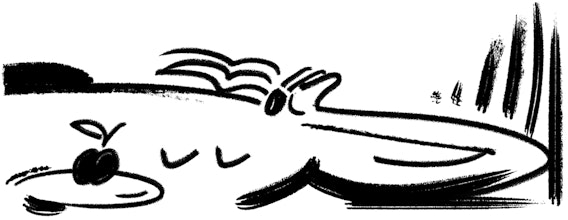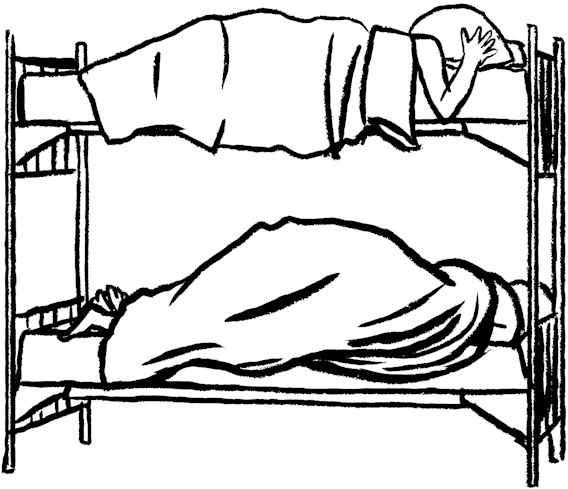Tom Howells spent five years working for a doomed arts publisher.
Summer 2009. Teletext is dead, Keith Floyd’s on the edge and – fresh from a nepotistic assistant’s job at Penguin – I’m in a gallery courtyard in King’s Cross, being upbraided by a curtain-haired Canadian in an indigo suit. The interview is for an editor’s gig at the indie arts publisher of which he is CEO and founder. ‘You’re not,’ he harrumphs, ‘just going to be sitting in your ivory tower, editing copy.’ A minute more toadying and the job is mine. Cue a glorious, chaotic, dreadful half-decade that would firebomb all enthusiasm for an industry I loved and provide a practical guide to taking something superficially nice and fucking it into the abyss. Howdy-do, the inglorious world of Black Dog Publishing.
Back then, BDP was known for an attractive backlist traversing contemporary art, architecture, music, design and food. It published on authors like Charlemagne Palestine, Tadeusz Kantor and Joseph Kosuth, did an extensive line in architectural monographs (plus the first Modern House book), and surveyed topics as outré as black metal, tapestry and children’s illustration. Its books looked wizard; the staff were comely; the art-covered warehouse digs were slick; the launches were buzzing. Life was swell.
The first couple of years – a mess of lunchtime pints, over-catered launches and late-night narcotics honked off the visitors’ book – were marvellous. But the grinding duality of the bacchanalian day-to-day and the stigma of both our lax editorial standards (ever tried to proofread 300 pages in a morning? This guy has) inevitably took its toll as my time there wore on.
This was because it was basically all vanity publishing – an established model here deployed calamitously, as a kind of Ponzi scheme of ‘authors’ circuitously funding printers (who would relentlessly blacklist the company for invoices unpaid).
Things hadn’t always been so abject. BDP was founded in 1993, but by my tenure the tide of shit had already drowned the coach classes. Both the name and the building’s black flag once embodied, you presume, a little anarchic nose-thumbing. In reality they reflected a malaise – creative, physical, existential – that grew all too pointed as the years ground on. That the architecture list was spun off into a separate imprint dubbed Artifice (‘the clever use of tricks to cheat somebody’, as per the OED) felt blunter still.
At its core, BDP was a crumbling autocracy. Our CEO wasn’t a truly vindictive man, but he was a lunatic with an outdated knowledge of the publishing machine (he was obsessed with ozalids). He racked up legal and personal hoo-has with startling consistency. Some were comparatively benign – one editor had to apologise to a client for his stomping out of a meeting after insulting both the guy’s life’s work and the book he was already contracted to deliver – but some were truly wild. Breezily suggesting architects sue the company if they wanted their books published was punchy. As was telling the Art Gallery of Ontario that an unprinted consignment had burned in a fictitious warehouse fire. But a plagiarism dispute that culminated in the occult filmmaker Kenneth Anger placing a hex on the company was a conspicuous step up (and, frankly, explains a lot of what followed).
The approach to HR and pastoral care was equally ripe. A colleague’s pay was docked after taking some ad-hoc holiday to attend her grandmother’s funeral. Another was told in no uncertain terms that her resigning was a betrayal (anything but blind loyalty was a personal slight). When the dust settled, a conciliatory pay-rise was slid across the table. £18k in total. ‘Of course, it’ll be that sum less tax.’ We were paid by cheque (always after 5pm on a Friday) and occasionally received half wages and an IOU for later in the month.
As a dank insult, we worked in squalor. Since heating the warehouse was astronomically expensive, the power was switched off on winter weekends, which meant triple-layering until Tuesday mornings, when it became bearable again. At some point, a posse of rats had been poisoned, then left to mummify behind the radiators, which, temperature attained, would release a deathly miasma into the air (not that they’d all perished, a fact made beautifully corporeal in the meeting our CEO spent trying to catch one with a box). The mushrooms growing in the walls gave the place a cool Lovecraftian vibe, especially as it was deemed more financially astute to periodically cut them back and paint over the damp.
The years drifted on, fuelled by a peculiar mix of Stockholm syndrome in the staff and a kind of Munchausen by proxy on the part of the management, the tactics employed to keep the company afloat so wilfully febrile that it couldn’t help but die. The end was undignified. By 2018 – years after I’d fled for the sunlit uplands of cultural journalism – clients were routinely misled about what was actually getting published (very little, it turned out). Owing over £700k to creditors, BDP went into voluntary bankruptcy. Protracted tribunal proceedings with the staff were lapped up by the Bookseller, and then it was gone. Architect Simon Conder said that working with Artifice was ‘the worst and costliest experience of my long career’. He was not alone.
BDP was rightly euthanised, but the pathos was real. There’s a gallows humour in successful businesses being run by monsters, but something bleaker in a once-promising publisher being knocked into dust by vainglorious hubris. BDP wasn’t an idiosyncrasy. Rather, it was a window onto the precariousness of almost any outwardly progressive small company, where a few bullshit practices can quickly snowball into meltdown. Easy come, easy go.
Still, I’d never dream of asking for those five years back. Who’s the chump now, eh?



